UNESCO in Costa Rica has several World Heritage Sites that showcase the country’s rich biodiversity and cultural heritage. Please note that new sites may have been designated or changes may have occurred since then. Here is a list of UNESCO World Heritage Sites in Costa Rica, along with brief explanations of their significance:
Cocos Island National Park (1997)
Cocos Island National Park is located in the Pacific Ocean, approximately 550 kilometers off the coast of Costa Rica. The island is recognized for its unique marine biodiversity, including large pelagic species such as sharks and rays. The waters surrounding Cocos Island are a crucial habitat for marine life, and the site is a popular destination for divers and researchers.
Area de Conservación Guanacaste (1999)
The Area de Conservación Guanacaste is a diverse conservation area that encompasses a variety of ecosystems, from lowland tropical forests to cloud forests. The site is home to a wide range of plant and animal species, including endangered species such as jaguars and tapirs. The area represents successful conservation efforts and the restoration of degraded ecosystems.
Talamanca Range-La Amistad Reserves / La Amistad National Park (1983, 1990)
The Talamanca Range-La Amistad Reserves / La Amistad National Park is a transboundary site shared with Panama. It includes a series of protected areas and forests that are vital for maintaining biodiversity in Central America. The park is home to diverse ecosystems, including cloud forests, paramo, and lowland tropical forests. The site is significant for the conservation of endangered species and the protection of critical habitats.
Precolumbian Chiefdom Settlements with Stone Spheres of the Diquís (2014)
The property includes four archaeological sites located in the Diquís Delta in southern Costa Rica, which are considered unique examples of the complex social, economic and political systems of the period AD 500–1500. They contain artificial mounds, paved areas, burial sites and, most significantly, a collection of stone spheres, between 0.7 m and 2.57 m in diameter, whose meaning, use and production remain largely a mystery. The spheres are distinctive for their perfection, number, size and density, and placement in original locations. Their preservation from the looting that befell the vast majority of archaeological sites in Costa Rica has been attributed to the thick layers of sediment that kept them buried for centuries.
Conclusion:
Costa Rica’s UNESCO World Heritage Sites highlight the country’s commitment to conservation and the protection of its unique natural ecosystems. From the marine biodiversity of Cocos Island to the diverse landscapes of the Talamanca Range-La Amistad Reserves, these sites contribute to global efforts to safeguard biological diversity and promote sustainable practices. The recognition by UNESCO underscores the importance of these areas and encourages continued efforts to preserve Costa Rica’s environmental and cultural treasures.


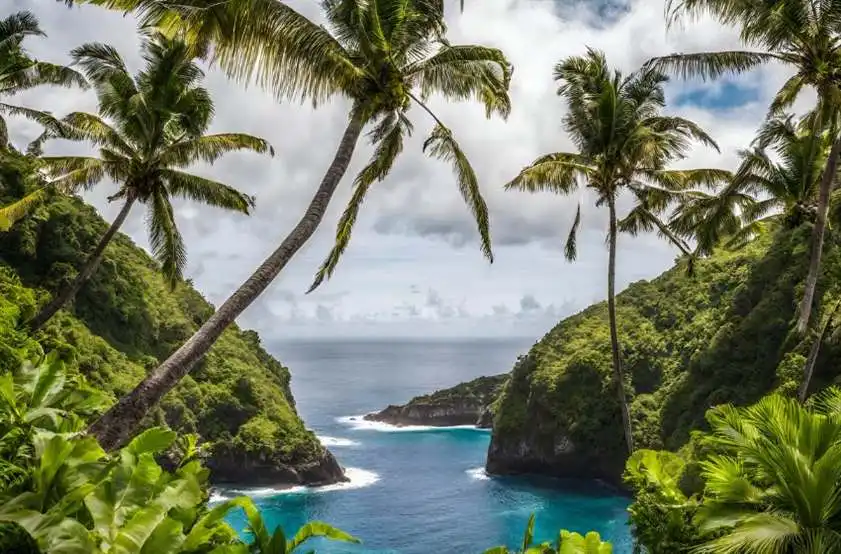
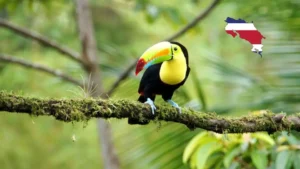
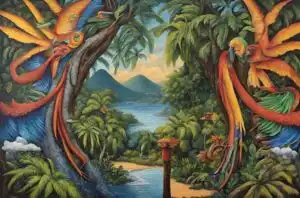




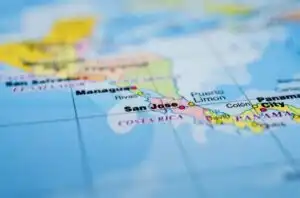

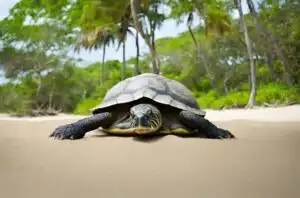
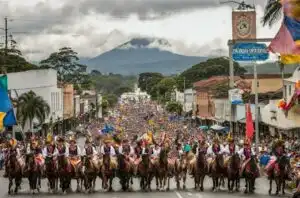




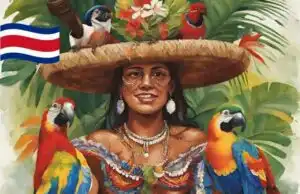

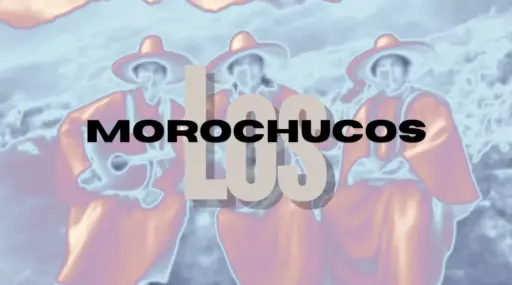

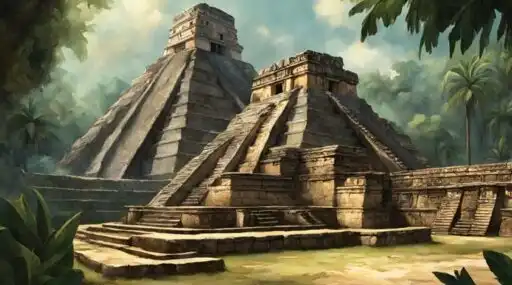








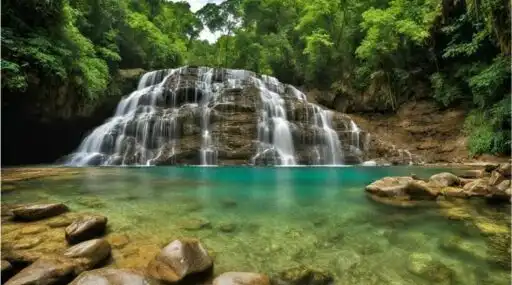

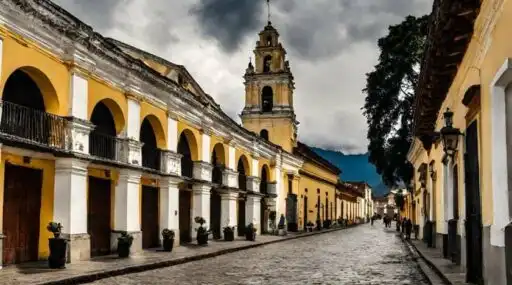
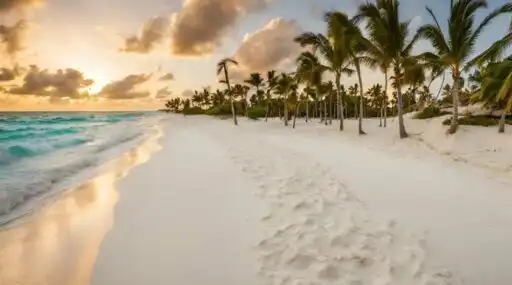
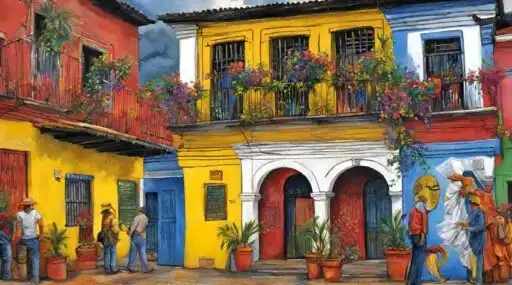

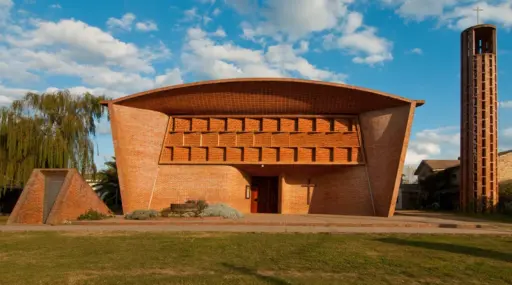

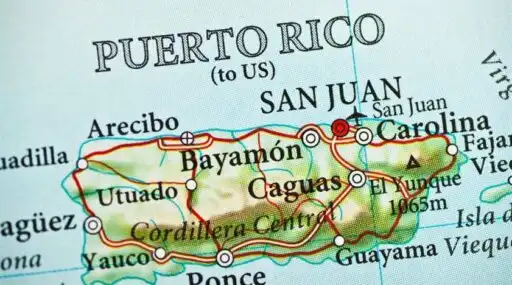

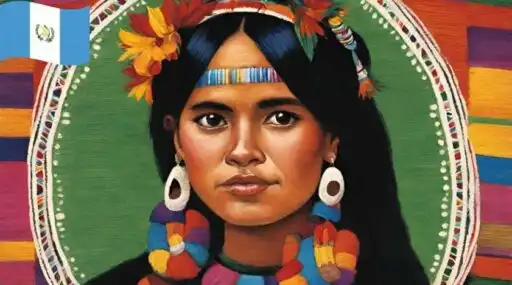





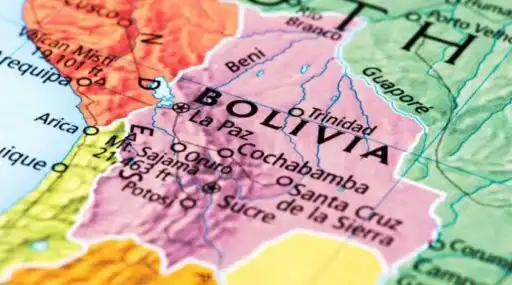

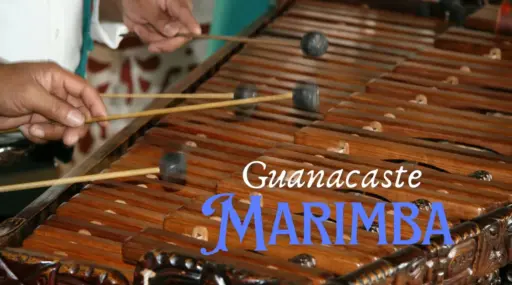
Leave a Reply